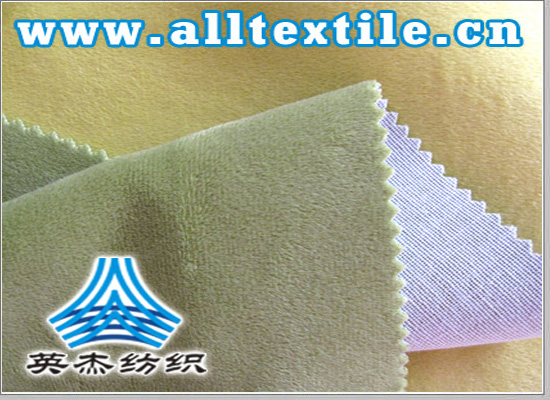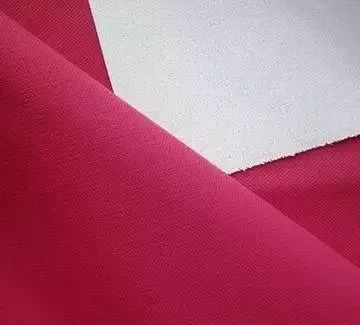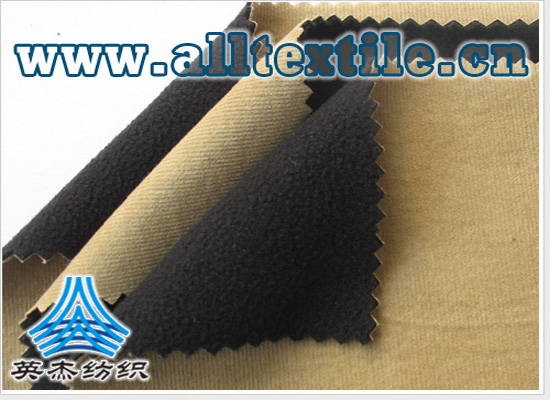Copper clad laminate and fiberglass cloth
Copper clad laminate and glass fiber cloth
Glass fiber cloth has the characteristics of high tensile strength, good electrical insulation performance, dimensional stability, and high temperature resistance. It is a good reinforced insulation material and has been widely used in electrical insulation for decades. Fiberglass cloth is interwoven as warp and weft yarns on a loom. Compared with fiberglass paper with randomly distributed fibers, it has the advantages of high fiber density, high strength utilization, and good dimensional stability. Therefore, fiberglass cloth is the main raw material of high-quality copper-clad laminates.

Fiberglass cloth for copper-clad laminates should meet the requirements of copper-clad laminate performance, manufacturing and processing technology. The glass composition, fabric structure design, weaving process and surface treatment technology of fiberglass cloth should ensure that the fabric fully meets the application requirements in terms of technical performance, appearance and intrinsic quality.
The material essence of fiberglass cloth is glass, and its main properties are derived from the properties of glass and are related to the glass composition. Fiberglass yarn and fiberglass cloth are fiber materials processed through multiple textile processes. The structural state of glass fiber in the yarn and cloth will affect the performance of the yarn and cloth.
The weaving technology of fiberglass cloth is also an important factor in determining the quality and performance of fiberglass cloth. Surface treatment technology of fiberglass cloth can play an important role in improving the structure and performance of fiberglass cloth. The performance requirements of fiberglass cloth for copper-clad laminates depend on important technical aspects such as the glass composition of the fiberglass cloth, cloth structure, weaving technology, and surface treatment.

01
fiberglass concept
1.1 Definition of glass fiber
Glass fiber is an inorganic non-metallic material that can replace metal and has excellent performance. It is prepared by drawing molten glass into fiber shape through the action of external force. It has the characteristics of high strength, high modulus and low elongation. It has excellent It has heat resistance and compressibility, large thermal expansion coefficient, high melting point, its softening temperature can reach 550~750°C, good chemical stability, not easy to burn, and has certain corrosion resistance and other excellent properties, and has been widely used in many fields [1 ].
1.2 Characteristics of glass fiber
The melting point of glass fiber is 680℃, the boiling point is 1000℃, and the density is 2.4~2.7g/cm3. The tensile strength is 6.3~6.9g/d in the standard state and 5.4~5.8g/d in the wet state. Glass fiber has good heat resistance and is an advanced insulation material with good insulation properties. It is suitable for the production of thermal insulation and fireproof materials.

1.3 Composition of glass fiber
The glass used to produce fiberglass is different from the glass used in other glass products [2]. The glass used in the production of fiberglass contains the following ingredients:
(1) E-glass, also known as alkali-free glass, is borosilicate glass. Among the materials currently used to produce glass fiber, alkali-free glass has the most applications. Alkali-free glass has good insulation and mechanical properties and is mainly used to produce insulating glass fiber and high-strength glass fiber. However, alkali-free glass is not resistant to inorganic acid corrosion, so it is not suitable for use in acidic environments.
(2)C-glass, also known as medium-alkali glass. Compared with alkali-free glass, it has better chemical resistance and poor electrical and mechanical properties. Adding diboron trichloride to medium-alkali glass can produce glass fiber surface mat, which has corrosion resistance. Boron-free medium-alkali glass fibers are mainly used in the production of filter fabrics and wrapping fabrics.
(3) High-strength glass fiber. As the name suggests, high-strength glass fiber has the characteristics of high strength and high modulus. Its fiber tensile strength is 2800MPa, which is about 25% higher than the tensile strength of alkali-free glass fiber, and its elastic modulus is 86000MPa, which is higher than E-glass fiber [3]. The output of high-strength glass fiber is not high, and due to its high strength and high modulus characteristics, it is generally used in military industry, aerospace, sports equipment and other fields, and is not widely used in other fields.
(4) AR glass fiber, also known as alkali-resistant glass fiber, is an inorganic fiber. Alkali-resistant glass fiber has good alkali resistance and can resist corrosion by high-alkali substances. It has extremely high elastic modulus and impact resistance, tensile strength, and bending strength. It is also non-flammable, anti-freeze, has strong resistance to temperature and humidity changes, has good crack resistance and impermeability, strong plasticity, and is easy to form. Rib material for fiberglass reinforced concrete.




